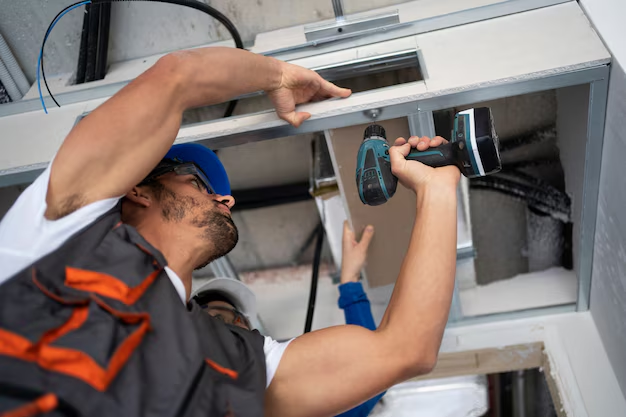In today’s fast-paced digital world, having a strong online presence is no longer optional—it’s essential. Web development is at the core of this digital transformation, enabling businesses, brands, and individuals to connect with their audience like never before. Whether you’re creating a simple blog or a complex e-commerce platform, web development plays a vital role in shaping the user experience.
What is Web Development?
Web development is the process of creating, building, and maintaining websites. It involves various aspects, including:
- Front-End Development: The part of the website that users interact with, using technologies like HTML, CSS, and JavaScript.
- Back-End Development: The server-side logic, databases, and APIs that power the website’s functionality.
- Full-Stack Development: A combination of front-end and back-end development, ensuring a seamless experience for users.
Why is Web Development Important?
- Online Visibility: A well-developed website ensures your audience can find you easily.
- User Experience (UX): Professional web development focuses on creating intuitive and user-friendly interfaces.
- Scalability: Modern development techniques allow your website to grow with your business needs.
- Customization: Unlike pre-built templates, custom development gives you complete control over your site’s design and functionality.
Web Development Trends in 2024
The web development landscape is constantly evolving. Here are some key trends to watch out for:
- Progressive Web Apps (PWAs): Blurring the lines between web and mobile apps for a seamless user experience.
- Artificial Intelligence Integration: From chatbots to personalized recommendations, AI is transforming websites.
- Serverless Architecture: Reducing infrastructure complexity and improving scalability.
- Dark Mode UI: A popular trend in design that’s user-friendly and energy-efficient.
Steps in the Web Development Process
- Discovery and Planning:
- Identify goals, target audience, and functionality requirements.
- Create a sitemap and wireframes.
- Design:
- Develop mockups or prototypes.
- Focus on user experience and brand consistency.
- Development:
- Code the front-end and back-end.
- Integrate third-party tools or APIs if needed.
- Testing:
- Ensure the website is bug-free, responsive, and secure.
- Launch and Maintenance:
- Deploy the site to a live server and monitor performance.
- Provide ongoing updates and support.
The Future of Web Development
As technology advances, web development will continue to adapt, integrating with emerging trends such as the Internet of Things (IoT), 5G connectivity, and virtual reality. These innovations will redefine how websites are built and experienced.
Conclusion
Web development is more than just coding—it’s about crafting digital experiences that resonate with users and meet business goals. Whether you’re a startup or a global enterprise, investing in professional web development is the key to standing out in a crowded online space.





